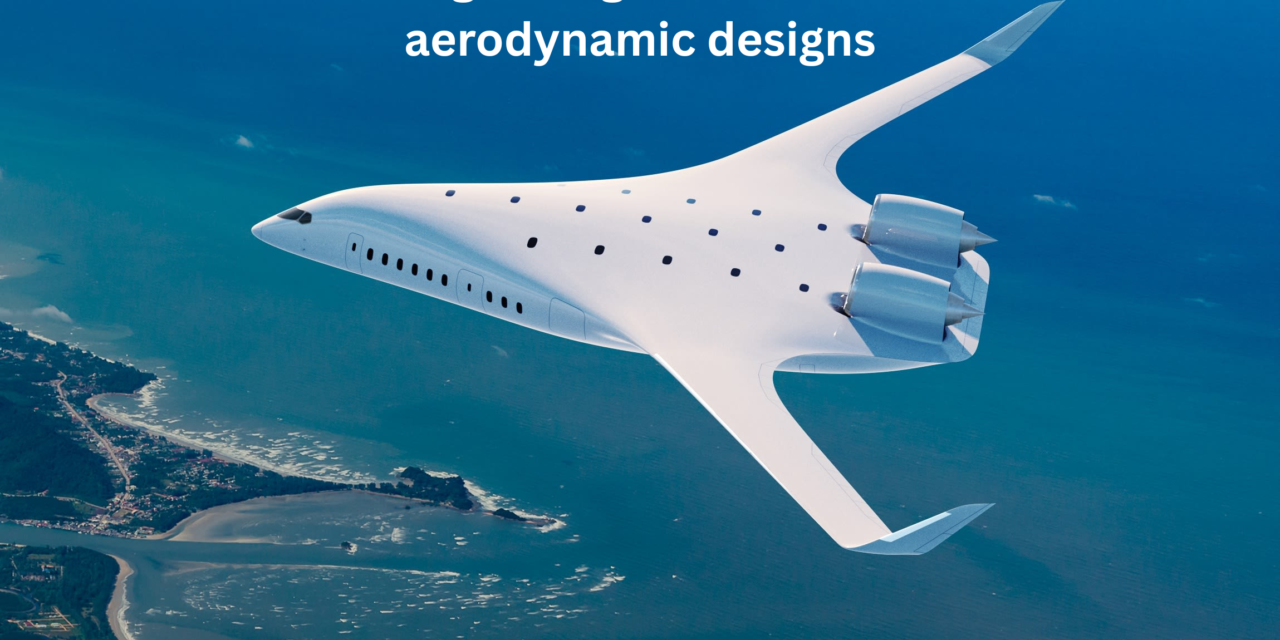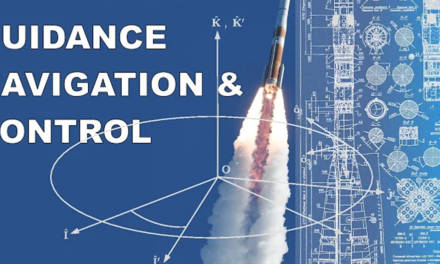Innovations in lightweight aircraft structures and aerodynamic designs are revolutionizing aviation by improving fuel efficiency, reducing emissions, and enhancing performance. These advancements leverage cutting-edge materials, manufacturing techniques, and computational tools. Here’s an overview of key developments:
1. Lightweight Aircraft Structures
1.1 Advanced Composite Materials
- Carbon Fiber-Reinforced Polymers (CFRP):
- Lightweight and strong, CFRP is widely used in modern aircraft like the Boeing 787 and Airbus A350.
- Benefits:
- Reduces weight by up to 20–30% compared to aluminum.
- Offers superior fatigue and corrosion resistance.
- Glass Fiber-Reinforced Polymers (GFRP):
- Used in smaller components due to cost advantages over CFRP.
- Thermoplastic Composites:
- Recyclable and easier to manufacture than thermoset composites.
- Examples: Used in components like fuselage panels and interior parts.
1.2 Metal Alloys
- Aluminum-Lithium Alloys:
- Lighter and stronger than conventional aluminum alloys.
- Used in the fuselage and wings of aircraft like the Bombardier C-Series.
- Titanium Alloys:
- Preferred for high-stress, high-temperature areas such as engine components and landing gear.
1.3 Hybrid Materials
- Combining metals and composites for optimal performance.
- Example: GLARE (Glass Laminate Aluminum Reinforced Epoxy), used in Airbus A380 fuselage panels, offers reduced weight and improved damage tolerance.
1.4 Additive Manufacturing (3D Printing)
- Producing lightweight, complex parts with minimal waste.
- Applications:
- Engine components, brackets, and structural reinforcements.
- Example: GE Aviation’s 3D-printed fuel nozzles for jet engines.
2. Aerodynamic Designs
2.1 High-Aspect-Ratio Wings
- Longer, slender wings reduce induced drag and improve fuel efficiency.
- Examples:
- Boeing’s Transonic Truss-Braced Wing concept features extended wings supported by trusses for greater aerodynamic efficiency.
2.2 Laminar Flow Control
- Smooth airflow over the wing surface minimizes drag.
- Innovations:
- Advanced wing shapes and coatings reduce surface roughness.
- Airbus and NASA’s Natural Laminar Flow (NLF) research focuses on optimizing wing geometries for laminar flow.
2.3 Winglets and Raked Wingtips
- Wingtip modifications reduce vortex drag, improving lift-to-drag ratio.
- Examples:
- Blended winglets on the Boeing 737 MAX.
- Raked wingtips on the Boeing 777 and 787.
2.4 Morphing Wings
- Wings dynamically change shape during flight to optimize performance.
- Technologies:
- Shape-memory alloys and flexible materials enable adaptive control of wing surfaces.
- Example: NASA’s MADCAT (Mission Adaptive Digital Composite Aerostructure Technologies).
3. Computational Design and Optimization
3.1 Computational Fluid Dynamics (CFD)
- Advanced CFD tools simulate airflow to optimize aerodynamics and reduce drag.
- Applications:
- Aircraft design validation and optimization during early development phases.
3.2 Digital Twin Technology
- Creates a virtual model of the aircraft for real-time performance analysis and structural optimization.
- Benefits:
- Predicts stress, fatigue, and airflow interactions, enabling lightweight, efficient designs.
4. Manufacturing Innovations
4.1 Automated Fiber Placement (AFP)
- Robots precisely lay composite fibers for complex structures like fuselages and wings.
- Benefits:
- Improves accuracy, reduces waste, and enhances structural integrity.
4.2 Out-of-Autoclave (OoA) Processing
- Eliminates the need for high-pressure autoclaves during composite curing.
- Benefits:
- Reduces manufacturing costs and energy consumption.
5. Sustainability and Green Technologies
5.1 Bio-Inspired Structures
- Designs mimic nature’s efficient forms (e.g., bird wings or honeycomb structures).
- Example:
- Airbus’ Bionic Partition, a lightweight cabin divider inspired by bone structures, reduces weight without compromising strength.
5.2 Sustainable Materials
- Development of biodegradable composites and recycled materials for interior components.
- Example:
- Hemp fiber-reinforced composites for non-structural parts.
5.3 Hydrogen-Compatible Structures
- Materials and designs are being adapted to store and manage hydrogen fuel efficiently.
- Example:
- Airbus’ ZEROe concept integrates cryogenic hydrogen tanks into the fuselage.
6. Electric and Hybrid Aircraft Design
6.1 Lightweight Battery Integration
- Lightweight structural housings for battery systems to minimize additional weight.
- Example:
- NASA’s X-57 Maxwell, an all-electric aircraft with redesigned wings for optimal efficiency.
6.2 Distributed Propulsion
- Electric motors embedded in wings allow for lighter and more aerodynamic designs.
- Benefits:
- Reduced drag and noise.
7. Noise Reduction
- Low-Noise Aerodynamics:
- Shaping nacelles, wings, and landing gear to reduce turbulence and noise emissions.
- Active Noise Control:
- Embedding actuators and sensors to counteract vibrations in real-time.
8. Notable Examples of Innovation
- Boeing 787 Dreamliner:
- Features extensive use of CFRP, advanced aerodynamics, and energy-efficient systems.
- Airbus A350 XWB:
- Incorporates advanced composites in over 50% of its structure and optimized aerodynamics.
- NASA X-59 QueSST:
- A supersonic aircraft designed to minimize sonic booms using innovative aerodynamics.
9. Challenges and Opportunities
Challenges:
- Cost:
- Advanced materials and manufacturing methods can increase upfront costs.
- Regulatory Compliance:
- New designs must meet stringent safety and airworthiness standards.
- Supply Chain Complexity:
- Sourcing high-performance materials adds logistical challenges.
Opportunities:
- Fuel Efficiency:
- Lightweight designs significantly lower operational costs.
- Emissions Reduction:
- Supports global sustainability goals, including net-zero emissions by 2050.
- Next-Generation Aircraft:
- Advances enable more efficient, quieter, and faster aircraft for urban air mobility and commercial aviation.
Conclusion
Innovations in lightweight structures and aerodynamic designs are pivotal to the future of aviation, driving progress toward greater efficiency, sustainability, and performance. By leveraging advanced materials, adaptive designs, and computational tools, the aerospace industry is poised to meet the demands of modern aviation while reducing its environmental footprint.
Hashtags
#LightweightAircraftDesign #AdvancedAerodynamics #AircraftStructureInnovation #ModernAircraftTech #NextGenAerospaceDesign #LightweightMaterials #AdvancedComposites #LightweightMaterials #AircraftCompositesTech #HighStrengthLightweightDesigns #InnovativeAircraftStructures #AerodynamicEfficiency #AerodynamicDesigns #EfficientFlightTech #DragReductionTech #OptimizedAerodynamics #SmartFlightStructures #SustainabilityAndEcoFriendlyDesigns #EcoFriendlyAircraft #SustainableAviationDesign #GreenAircraftStructures #EnergyEfficientFlightDesigns #TechnologicalAdvancements #NextGenAircraftStructures #AdvancedFlightTech #InnovativeAerospaceMaterials













